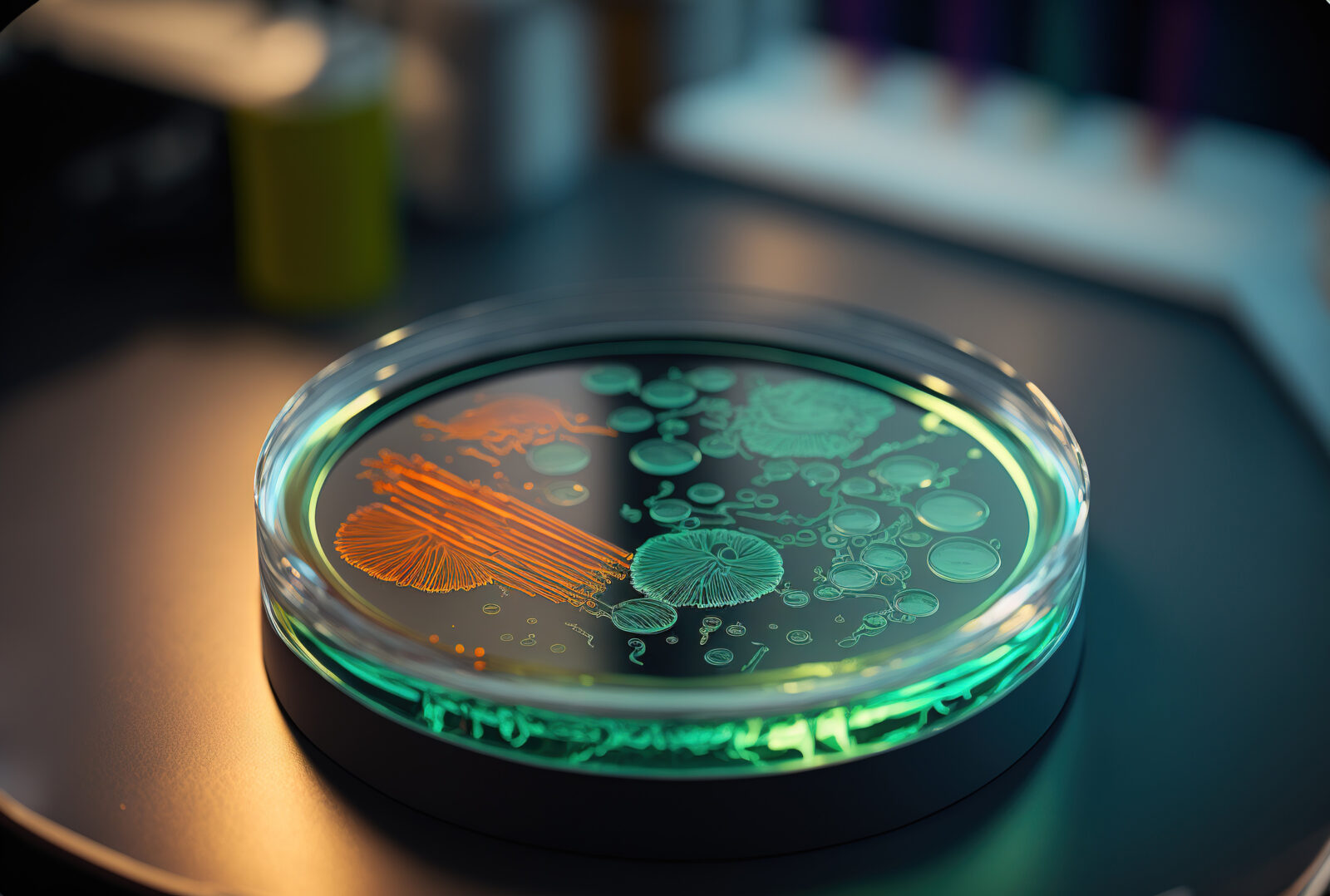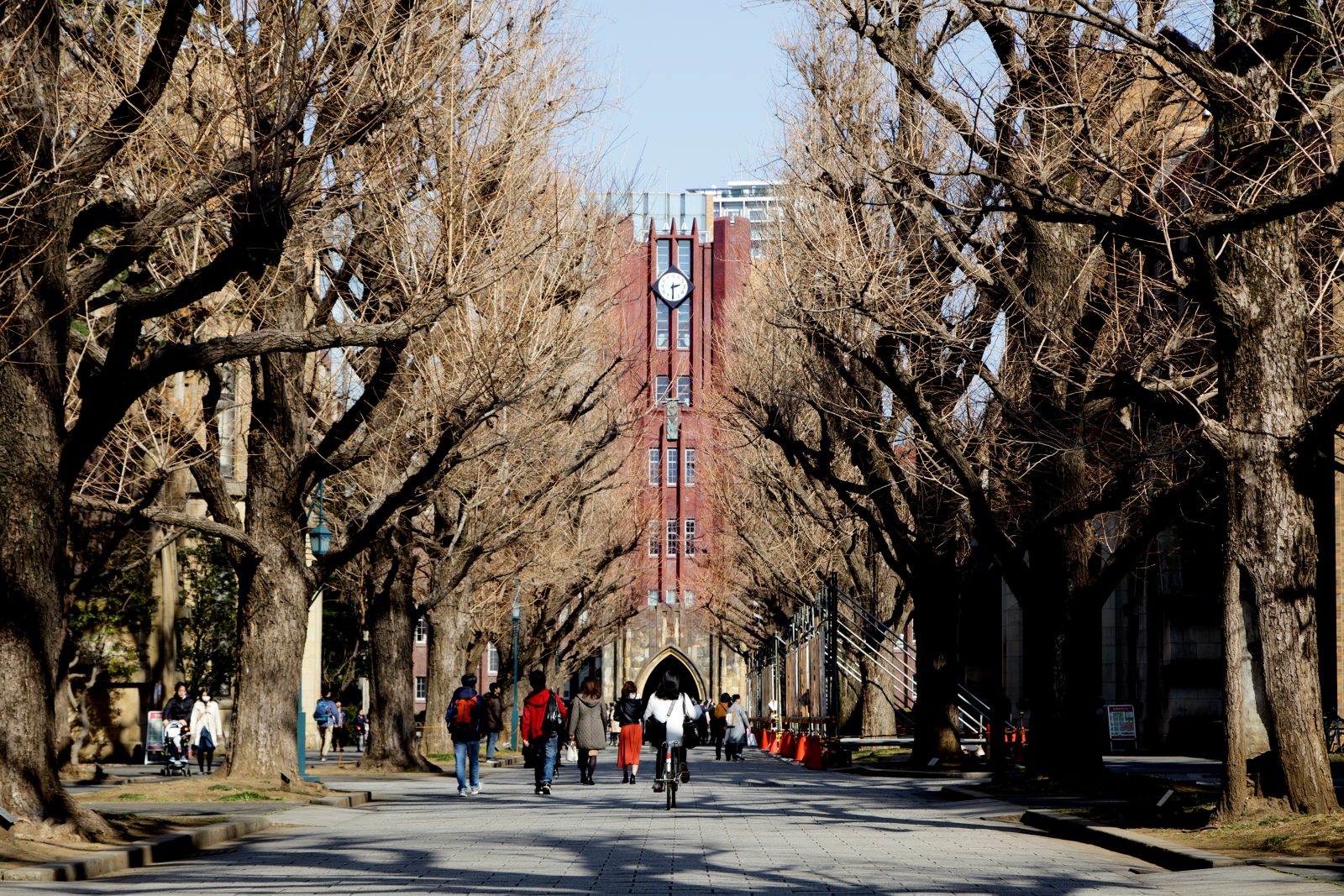


Extravagant Claims: James Tour & Stephen Meyer Critique Origin of Life Research

James Tour and Stephen Meyer Bring Clarity to Origin of Life Debate

David Berlinski on Chickens, Eggs, Human Exceptionalism, and a Revolution

James Tour Talks Origin-of-Life Dealbreakers
On today’s ID the Future, distinguished synthetic organic chemist James Tour of Rice University explains why the goal of synthesizing life from non-life in conditions similar to those of the early Earth appears further away than ever. It’s not an illusion, he explains. The illusion was how close OOL researchers thought they were 50-70 years ago. They were never close, and the more we learn about how mind-bogglingly sophisticated even the simplest cells are, and how the complexity is essential for biological life, the more we realize just how far we are from constructing a plausible scenario for the mindless origin of the first life. Tour points out that even granting a great deal of intelligent design in the form of the highly skilled and interventionist work of the origin-of-life researchers in the lab, they still can’t engineer into existence all the key building blocks of a living cell. What if you handed them all the building blocks in the right proportions? They’re still nowhere near being able to intelligently design those ingredients into a living cell, Tour says. It has to do with what’s termed the interactome—that is, all the interdependent molecular interactions in a particular cell, many of which may initially appear unimportant but turn out to be crucial. Tour doesn’t argue that researchers will never be able to design a cell from non-living matter. He does say that if it is achieved, it will be well into the future. What will such an achievement underscore? As Luskin emphasizes, it will highlight the creative power of intelligent agency. The occasion for Dr. Tour’s conversation with host Casey Luskin is Tour’s essay in a new book now available for free download, Science and Faith in Dialogue. For more from Dr. Tour, check out his website and his YouTube channel.

James Tour Talks Nanotech at Socrates in the City
Today’s ID the Future features the first part of a conversation between James Tour and Socrates in the City host Eric Metaxas on Tour’s astonishing work in nanotechnology and on the topic “How Did Life Come into Being?” Tour is the T. T. and W. F. Chao Professor of Chemistry, Professor of Computer Science, and Professor of Materials Science and Nanoengineering at Rice University. He is widely regarded as one of the world’s leading nano-scientists. This event took place at the River Oaks Country Club in Houston, Texas, and is presented here with permission of Eric Metaxas. Here in Part 1, Tour explains some of the inventions coming out of Tour’s Rice University lab, including molecular cars and astonishing graphene technologies, one of which restores full mobility in laboratory rats whose spines have been severed.

Origin-of-Life Mystery at the University of Tokyo, Pt. 2
Today’s ID the Future is Part 2 of physicist Brian Miller exploring a recent report from the University of Tokyo claiming a big breakthrough in origin-of-life research. As Miller and host Eric Anderson make clear, the university’s laboratory work on RNA, detailed in a recent Nature Communications article, involved the intelligent interference of the lab scientists and, despite this intelligent interference, the devolution of RNA rather than the evolution of increasing RNA sophistication. Miller says that it’s ironic that Steven Novella, a scientist committed to puncturing science hype, seems to have fallen for the hype surrounding this laboratory work. Miller and Anderson go on to discuss critiques of origin-of-life tall-tale claims, critiques coming Robert Shapiro, James Tour, and others. Life, Miller says, requires organizational blueprints and design logics already in place to battle against nature’s relentless tendency toward entropy. Without those sophisticated organizational blueprints already instantiated in living cells and sophisticated molecular machinery, natural forces appear utterly powerless to pull off the kind of creative design work required to move from non-life to life.

New Animated Video Dismantles Origin-of-Life Hype
Today’s ID the Future spotlights a new origin-of-life video showing that researchers aren’t anywhere close to creating life from non-life, despite the fact most Americans seem to believe otherwise. In the episode, host Eric Anderson interviews Stairway to Life co-author Rob Stadler, who helped create the new Long Story Short animated video. Stadler and Anderson explore how origin-of-life papers and popular media reports have misled the public, evidenced by a survey underscored by Rice University synthetic organic chemist James Tour. Then they discuss several daunting origin-of-life hurdles beyond the synthesis of key chemical building blocks. These are hurdles significant enough that each alone may doom the idea of life having once emerged from non-life spontaneously. Indeed, it is now a matter of record that the hurdles are so daunting that for several decades they have kept many brilliant and lavishly funded scientists from intelligently designing life from non-life in the lab. Thus it is hardly unreasonable to entertain the idea that the origin of the first life required not merely intelligent design, but an ingenious designing intelligence far beyond that of our smartest origin-of-life researchers.

More on James Tour’s Abiogenesis YouTube Series
On today’s ID the Future, physicist Brian Miller continues his review of James Tour’s origin-of-life YouTube series. As Miller explains, Tour, a world-renowned synthetic organic chemist and professor at Rice University, was inspired to create the series when YouTuber and evolutionist Dave Farina critiqued Tour’s critique of contemporary origin-of-life claims. In reviewing Tour’s video series, Miller and host Eric Anderson praise the Tour series and discuss the Levinthal paradox of the interactome, the ridiculously long odds of blind processes assembling the first living cell, and the challenge of cell death (think Humpty Dumpty and what all the king’s men couldn’t do). Also discussed: entropy, molecular machines, the challenges that Brownian motion and homochirality pose, the presence of intelligent design in attempts by origin-of-life researchers to assemble cellular building blocks, and a poll showing that the public has been misled into believing that researchers have created simple life, and even frogs, in the lab.

Brian Miller Distills the YouTube Debate between Dave Farina and James Tour
On today’s ID the Future, host Eric Anderson and physicist Brian Miller, research director for Discovery Institute’s Center for Science and Culture, discuss a recent debate between YouTube science educator Dave Farina and Rice University synthetic organic chemist James Tour. Tour has argued that no one—not even the most elite of origin-of-life scientists–has a clue how life could have arisen through blind natural forces on the early earth. Farina created a YouTube response on his channel arguing that Tour is wrong and that origin-of-life researchers are well on their way to solving the mystery of life’s origin. Tour then responded in his own YouTube video series. Now Miller and Anderson boil it all down and argue that Tour is right and Farina wrong on multiple levels.